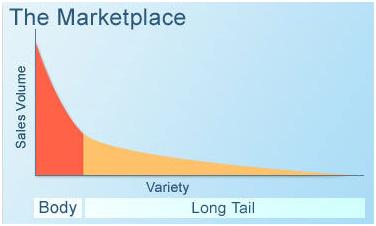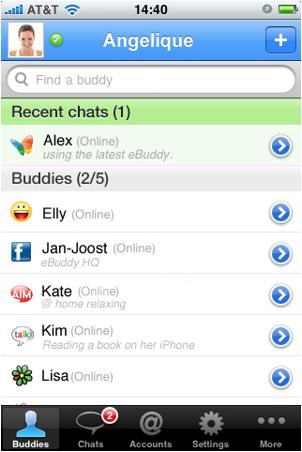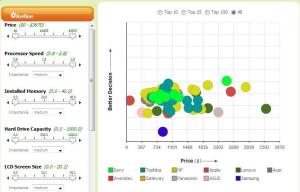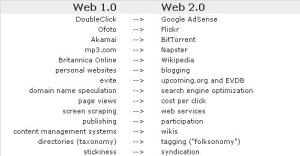Lightweight business models are a natural concomitant of lightweight programming and lightweight connections. The Web 2.0 mindset is good at changes in cost (O’Reilly, 2005). Lightweight models and cost-effective scalability is being used to reduce traditional web costs and risks.
 Pets.com is a community resource for Pet Parents and their pals. Whether people have a pet, know a pet, or just love animals, they can join in and explore everything that Pets.com has to offer. From Pets.com people can get expert tips and advice, share stories and pictures, keep track of medical records, and take part in Pets of the Day feature.
Pets.com is a community resource for Pet Parents and their pals. Whether people have a pet, know a pet, or just love animals, they can join in and explore everything that Pets.com has to offer. From Pets.com people can get expert tips and advice, share stories and pictures, keep track of medical records, and take part in Pets of the Day feature.  Furthermore, Pets.com is powered by PetSmart which is the largest specialty retailer of services and solutions for the lifetime needs of pets in United States and Canada.
Furthermore, Pets.com is powered by PetSmart which is the largest specialty retailer of services and solutions for the lifetime needs of pets in United States and Canada.
Pets.com and PetSmart have their own way to achieve scalability and lightweight model both in business and technologies. On the one hand, Pets.com has cataloged its site into various tags, such as community, photos, videos, blogs, and Pet care library. This can be considered as a lightweight model. It does not have complicated applications, just clear and simple web applications can motivate users to interact and share experience with each other. For instance, it provides specific information about pets and it is quite convenient for people to use it. That because different kinds of information are classified according to various types of pets.
On the other hand, PetSmart operates online sales in the United States and Canada, providing a broad range of competitively priced pet food and pet products; services including pet training, pet grooming, pet boarding and pet adoption services. Both websites of Pets.com and PetSmart always links together.
For example, a people have a shepherd dog, and he or she does not know how to feed it. There may be some relevant information about shepherd dogs can be found from Pets.com. Correspondingly, PetSmart provides many options of food or training service for this kind of shepherd dog. In addition, people only need to choose and purchase products online instead of visiting local stores. It reduces the traditional cost by using online shopping service. It does not mean that people are forced to buy things from PetSmart. However, there is potential and scalable connection between Pets.com and PetSmart.
In summary, it can be reflected that Pets.com works as a scalable business strategy which is design by PetSmart in order to reduce traditional costs and deliver products to market faster and cheaper.
Interesting video about PetSmart.
References:
O’Reilly, Tim. (2005). What is Web 2.0: Design Patterns and Business Models for the Next Generation of Software.
PetSmart Corporate. (1999-2010). Company Information.
Pets.com. 2010. About Us.
Wikipedia. (2010). PetSmart.














